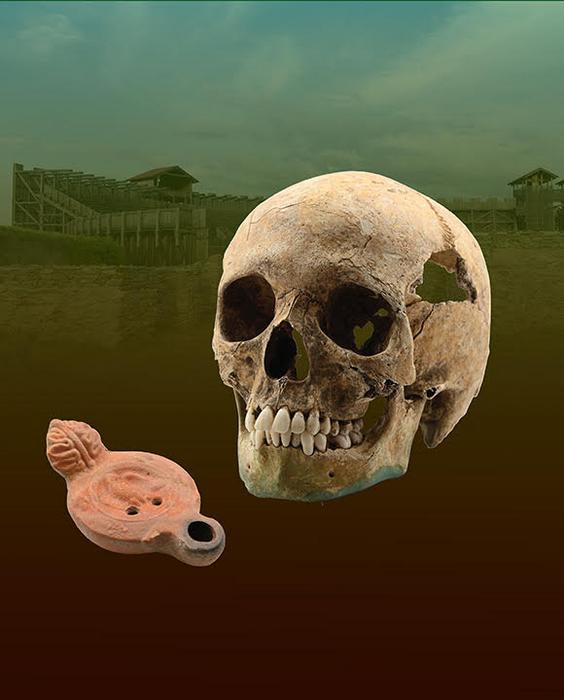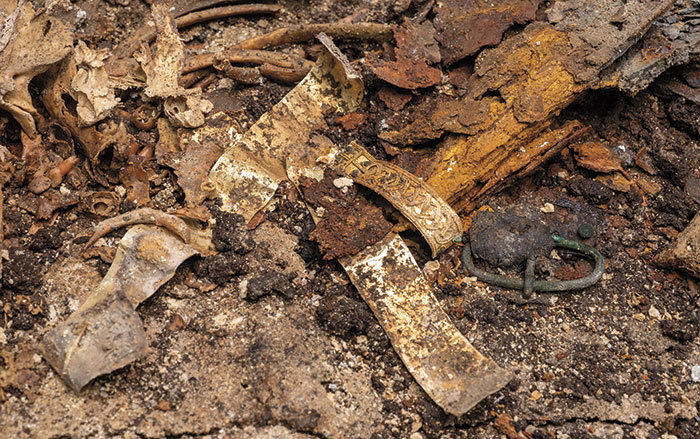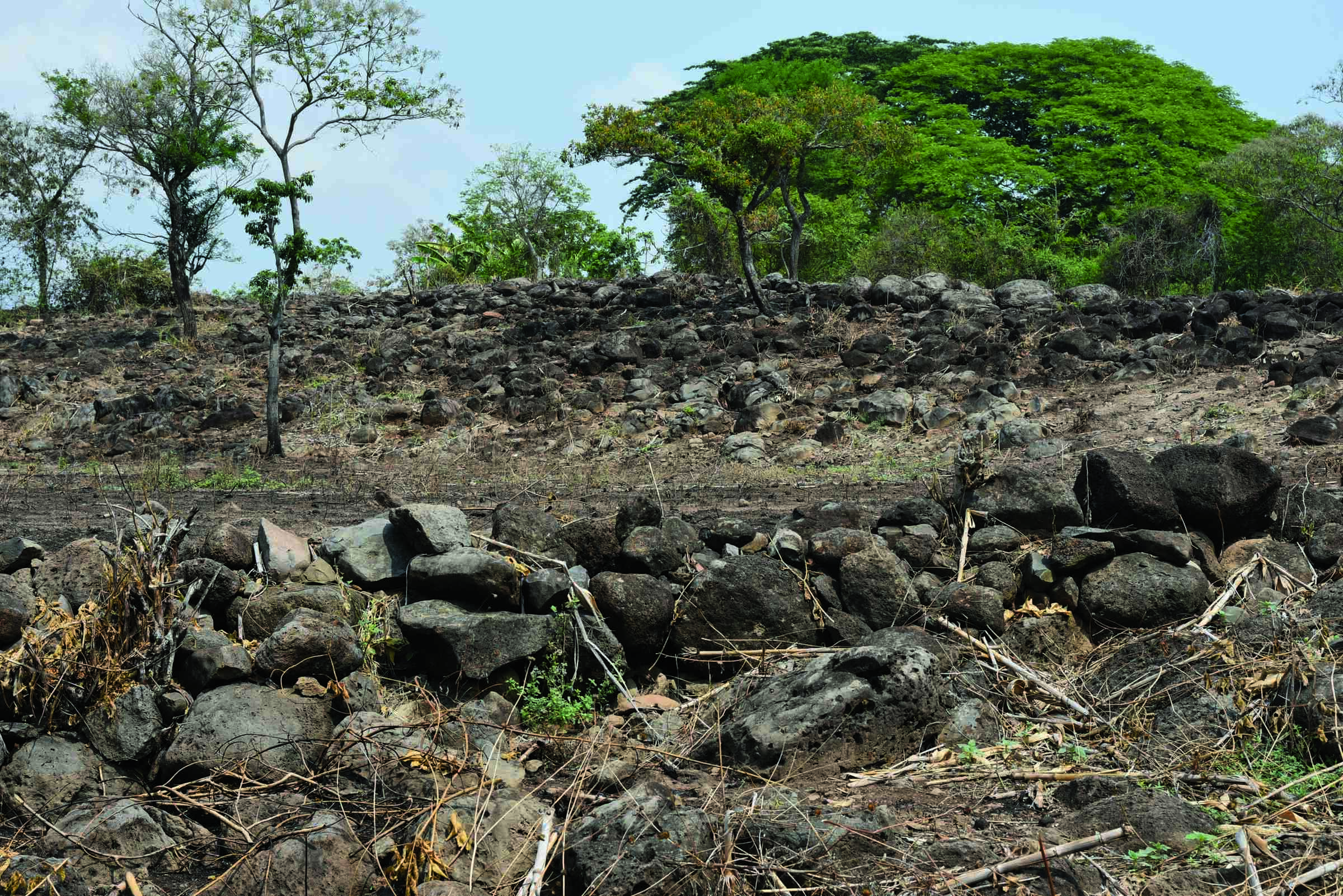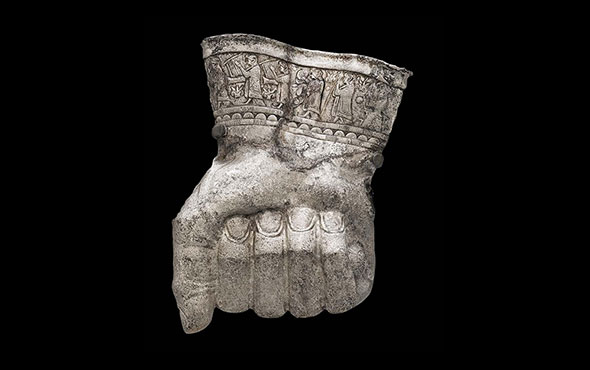
BARCELONA, SPAIN—According to a statement released by Cell Press, an international team of researchers, including Iñigo Olalde of the University of the Basque Country and David Reich of Harvard University, analyzed DNA samples from 136 individuals whose remains were recovered from 20 different archaeological sites in what are now Serbia and Croatia. The archaeological sites included colonies, military fortresses, and early medieval cemeteries located on the frontiers of the Roman Empire. The results of the DNA analysis were then combined with historical and archaeological information from grave goods such as coins, jewelry, and tools. The study determined that there was little mixing between the local populations and Romans from the Italian Peninsula. Instead, about half of the individuals in the study sample who lived between A.D. 1 and 250 were likely descendants of Balkan Iron Age populations, while one-third had ancestors from western Anatolia and the eastern Mediterranean. From about A.D. 250 to 550, migration to the Balkans from within the Roman Empire appears to have slowed, but a few individuals were found to have North or East African ancestry. There was also an influx of people from Northern Europe and the Pontic-Kazakh steppe during the Late Antique period. In the post-Roman era, Slavic migrants from Eastern Europe arrived in the region. “More than half of the ancestry of most people in the Balkans today comes from the Slavic migrations,” Reich said. The team members will continue to analyze DNA from these populations to look for traces of social interactions and kinship between the individuals, Olalde added. Read the original scholarly article about this research in Cell. To read about a DNA study of individuals buried in Roman Britain, go to "Off with Their Heads."










